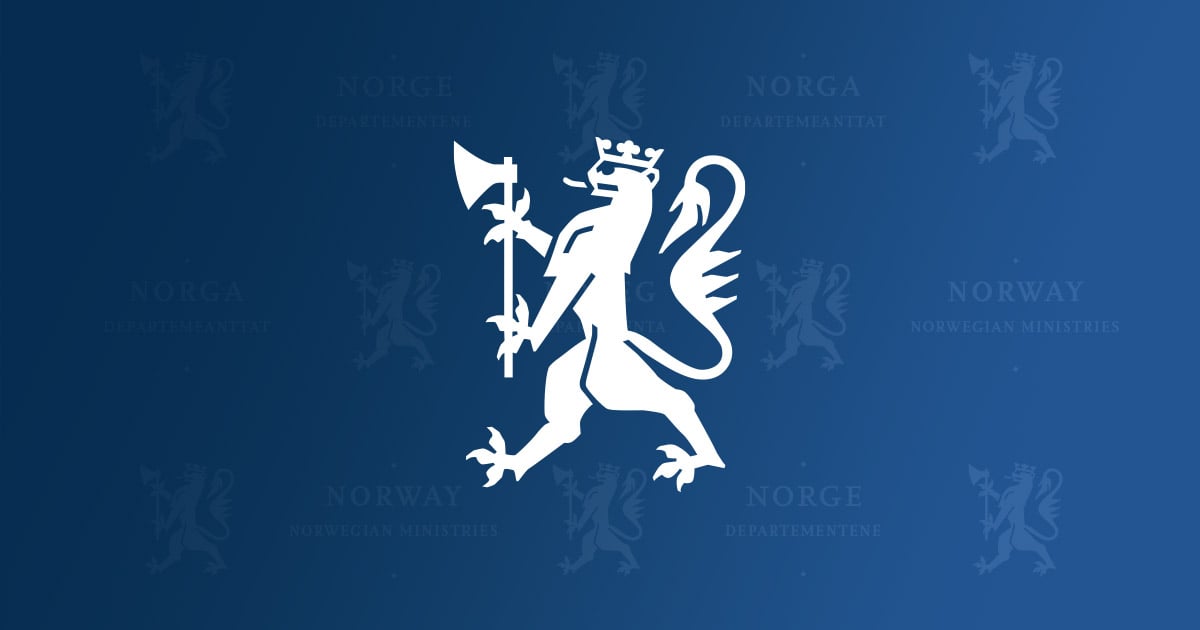I think both Lindisfarne and Jarrow need to be removed from the list of Viking settlements; Jarrow still retains its Anglo-Saxon origins in its name and Lindisfarne is either Celtic or Anglo-Saxon or a combination of the two, and both are more associated with the Celtic Church and Anglo-Saxon kingdoms than with the Vikings, saving for the Viking raids upon them.
One possibility for the list is Leixlip in Ireland, which Scandinavian posters should have little difficulty in deciphering...gravadleix, anyone? Oh, and Aldeigjuborg in Russia.
One possibility for the list is Leixlip in Ireland, which Scandinavian posters should have little difficulty in deciphering...gravadleix, anyone? Oh, and Aldeigjuborg in Russia.
 ), it's "victoria"
), it's "victoria" 
 I'll try and find out
I'll try and find out






Comment